The punching bag is usually made of leather and is filled with rags, sand, or similar materials. Could the human body become a punching bag? In the Game On exhibition at META Spațiu contemporary art gallery in Timișoara, curated by Mirela Stoeac-Vlăduți, the visitors could witness the transformation of the human body into an inert but still living matter which feels the pain of every blow, left stunned and eventually passive. The Human Punch Bag performance by artist Szilard Gaspar, who is also a former professional boxer, brings into question the concept of power, forcing viewers to reconsider their own surges of power and domination. In other works, such as Action Relief, Action Wall, and Full Contact Matter, Szilard Gaspar engages in an open-ended “battle” with the matter, thus conceptually challenging the power structures in social spheres and the confrontational human behavior within this seemingly rule- and norm-free dynamic.
Michel Foucault questions the episodic and conditioned nature of power manifested in human relationships. In his book Discipline and Punish: The Birth of the Prison (1979), the French philosopher describes power as dispersed and inherent in all social relations. At the same time, Foucault presents a “dual function of power exercised at a societal level which, although seemingly antagonistic, is, in fact, identical and simultaneous: to punish and to heal or educate.”[1] Yet power and aggression are still the catalyst for the positions of rivalry that multiply in the capitalist system, affecting all areas.
Starting from the context created around Timișoara’s title of cultural capital, the curatorial approach of the Game On exhibition explores the significance of this complex process for the local art scene, trying to pinpoint the line between success and failure and between “small” and “big” artists. The exhibition marks the official opening of Timișoara 2023 and, with its suggestive and ironic title, kicks off an apparent “artistic competition.” So, naturally, the questions arise: Has the cultural environment been left untouched by the devastating effects of capitalism? Has the cultural scene turned into an arena of fierce but unregulated competition in the same way as a sports arena? The exhibited artists examine the effects of the capitalist system, power structures, and competitiveness on the cultural field, questioning the relationship between art and sport, aesthetics and aggression, rules and chaos, and reviewing the role of contemporary art for the community and the artists themselves.
Dona Arnakis’s piece, I play by own rules, consisting of two charcoal drawings made directly on the gallery walls, explores the expansive nature of man as well as interspecific and intraspecific power dynamics. While the first drawing depicts a human being hiding or rather isolating themselves in a safe space, unaware of the danger outside – a pack of hyenas ready to attack, the second drawing, as an unwelcome but inescapable omen, depicts jackals already devouring their prey. The power dynamics between wild animals seem natural and trivial to us because we view them from the high ground of civilization, but we forget that contemporary society is built on the principle of competitiveness and aggression. In his book On Aggression (1966), Konrad Lorenz notes, in addition to the destructive intensity of human aggression, its “positive” effects in Darwinian evolution, concluding that “aggression is the essential feature of humanity and the foundation of life in the whole animal kingdom.”[2] Capitalism has only enhanced power dynamics and the desire for domination over both fellow humans and other species. Since competitiveness, by its very nature, involves aggression, capitalist dynamism stems from the energies that derive from it. Through her two drawings, Dona Arnakis envisions the hierarchy in natural ecosystems that also affects human society. The title of the work, I play by own rules, reveals two contradictory aspects of survival in a highly consumerist society. On the one hand, there is the need to isolate oneself from the aggressiveness of capitalist competitiveness and to keep to oneself, and on the other hand, this inward retreat can breed ignorance and harmful passivity.
The alienation from contemporary society and, in particular, from the mutual hostility imposed by capitalism can also be found in Mathias Bar’s paintings Anatomy of tragedy I and II. The works present a fragmented, diffuse, and almost degrading figurative universe, where identity aspects are diluted and no longer have a clear outline. Thus, split and incoherent, corporality changes, revealing the vulnerable, simmering inner self. In this dystopian universe, ravaged by loneliness, the individual seems abandoned and paralyzed, unable to change. This state of isolation is reinforced by the monumentality of Cătălin Bătrânu’s sculpture, Untitled, which embodies an object made from memory and not reality itself. As realistic as the huge stone that seems to be sticking out of the wall may seem, it is, in fact, a false object that only reminds us of the multitude of dark realities in which we are immersed and which we can no longer distinguish.
Sergiu Sas has produced two works related directly to the theme of sports, through which he explores the concept of regulated and seemingly harmless competitiveness in sports arenas but which manifests itself in a violent way in society. The gg photo shows a football – as a symbol of competitiveness – encircled by a covering of sunflower and pumpkin seeds. The artist uses the seeds as a unifying element of the two opposing teams of supporters to portray the same human condition in which they find themselves. Although the work is playful and humorous, Sergiu Sas replicates the absurdity of the situation in which football fans find themselves, namely that of always choosing one side of the fence and focusing more on an aggressive release of energy rather than the actual experience of the match. The title of the piece, an abbreviation of the expression good game, suggests the need to stop competing and seeing others as opponents but enjoy the game together instead.
The discussion about the disparities between the concept of competition and game is further developed by George Roșu through the video installation keeping score. In his works, the artist usually uses humor and text to introduce new mechanisms for interpreting the world around us and dismantling social clichés, criticizing institutionalized artistic structures. The piece in the exhibition at META Spațiu creates seemingly absurd and derisory scenarios of competition, ridiculing the rivalry relationships that are set up in the whirlwind of competition, namely the winner or loser stances, as in the humorous situation of measuring the ego in your EGO vs my ego. The artist thus invites visitors to contemplate the incoherence of the everyday “competitions” in which they place themselves and to become aware of the futility of an insistent and obsessive keeping of score.
The Game On exhibition revives the concept of solidarity in the artistic discourse, trying to remove art from the vicious cycle of invasive and fierce capitalism because art must remain a deeply human experience, focused on the inner process rather than conforming to external expectations. Art creates a safe and much-needed space for questioning and freeing the self, as well as for valuable encounters and closeness with others. Although aggression is an inherent part of us and almost inevitable, humanity must direct all its efforts toward curbing aggressive and combative instincts and channeling its energy toward solidarity and collaboration.
[1] Jeffrey Nealon, Foucault Beyond Foucault: Power and Its Intensifications since 1984, Stanford University Press, California 2008
[2] Theodora J. Kalikow, „Konrad Lorenz on human degeneration and social decline: a chronic preoccupation”, Animal Behaviour, Volume 164, 2020, pp. 267-272
Translated by Camelia Diaconu
POSTED BY
Marina Paladi
Marina Paladi is from The Republic of Moldova and is a master's student in Heritage, Restoration and Curation Department at the Faculty of Arts and Design, West University of Timișoara. She is intere...
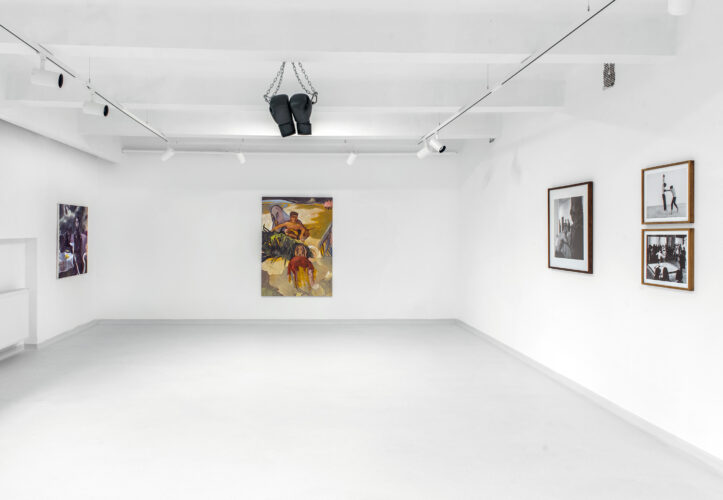
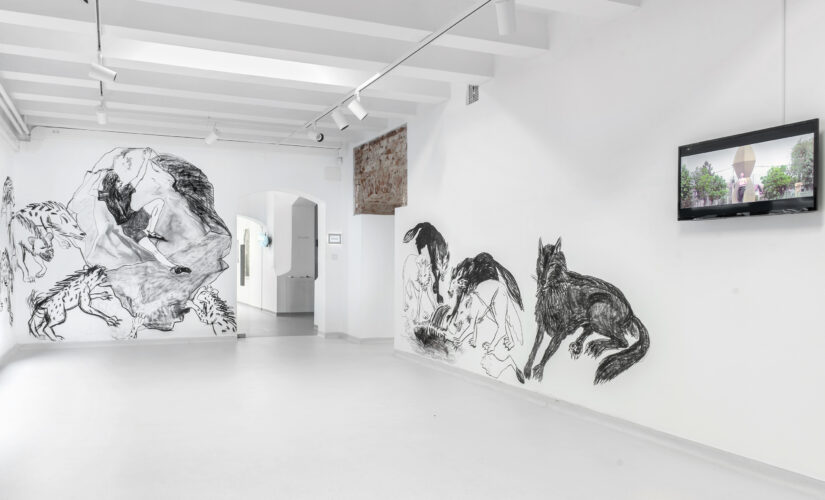
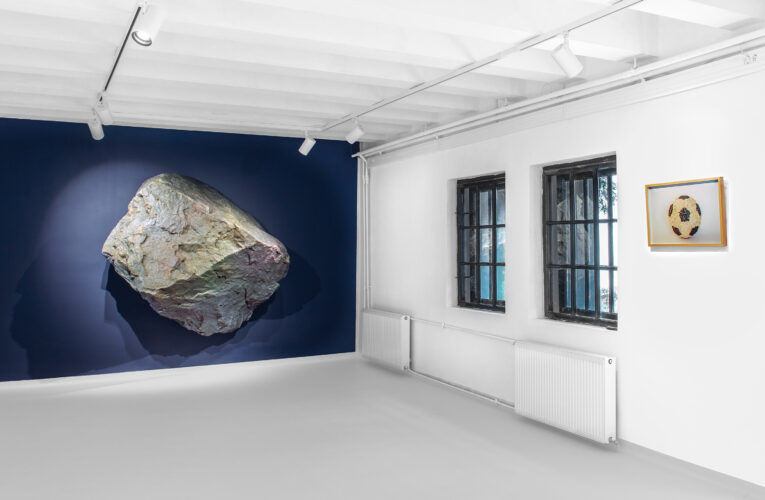
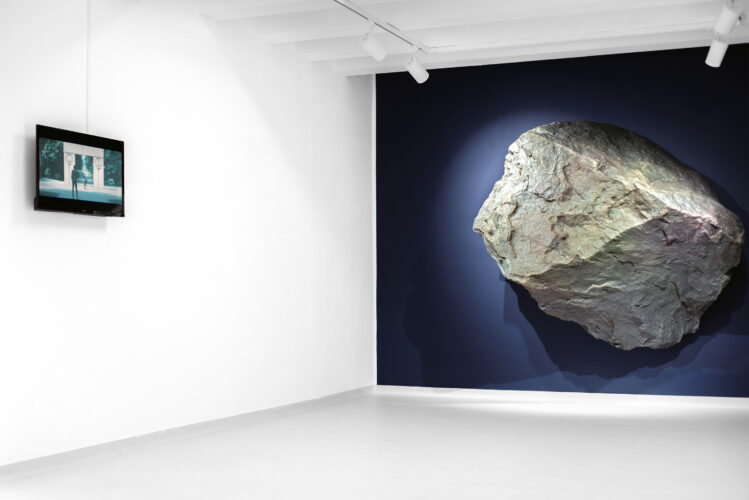
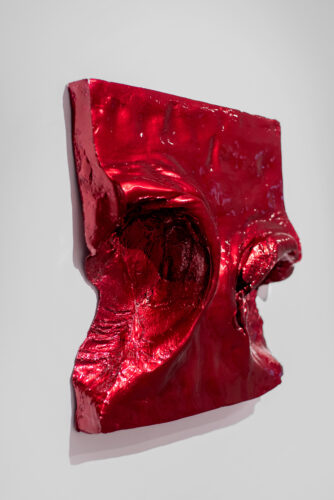
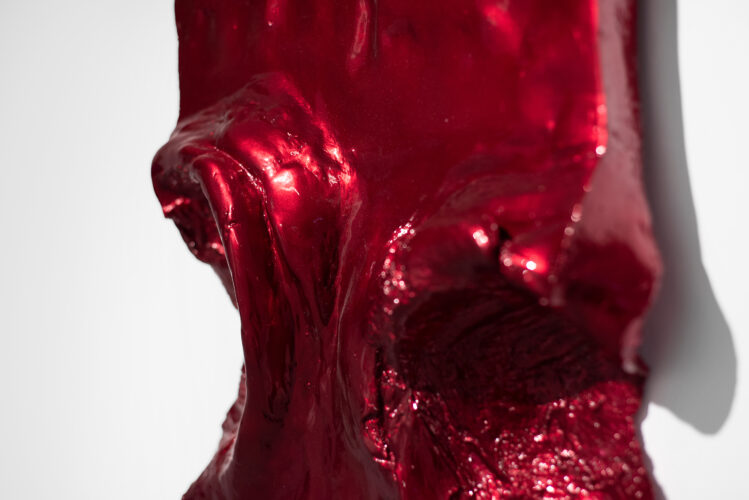
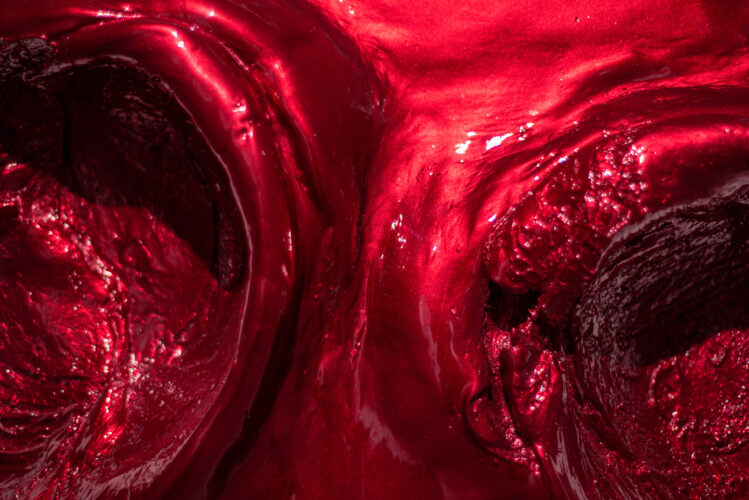

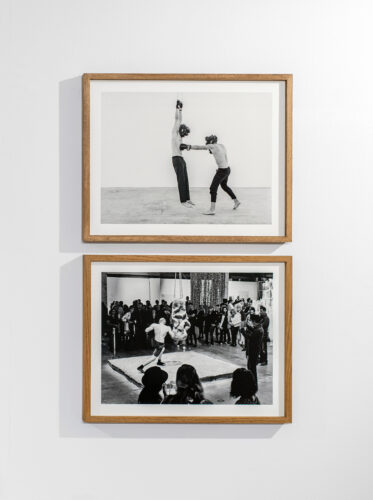
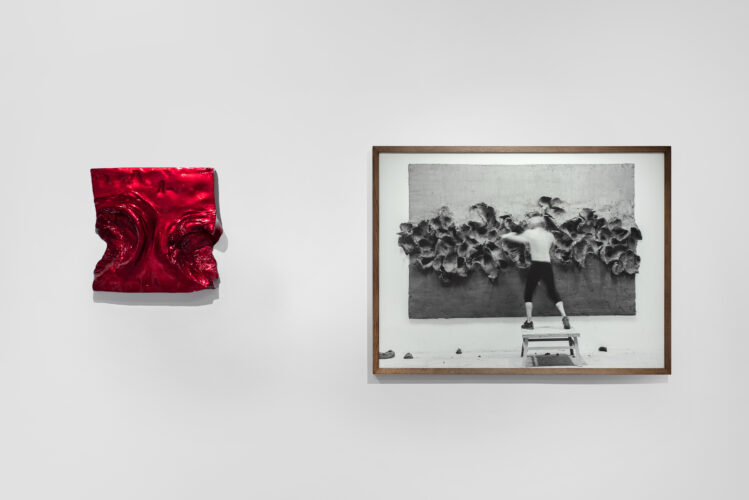

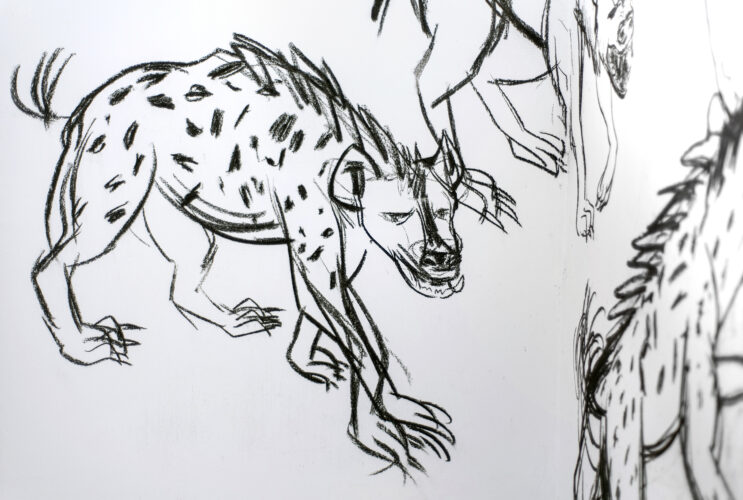
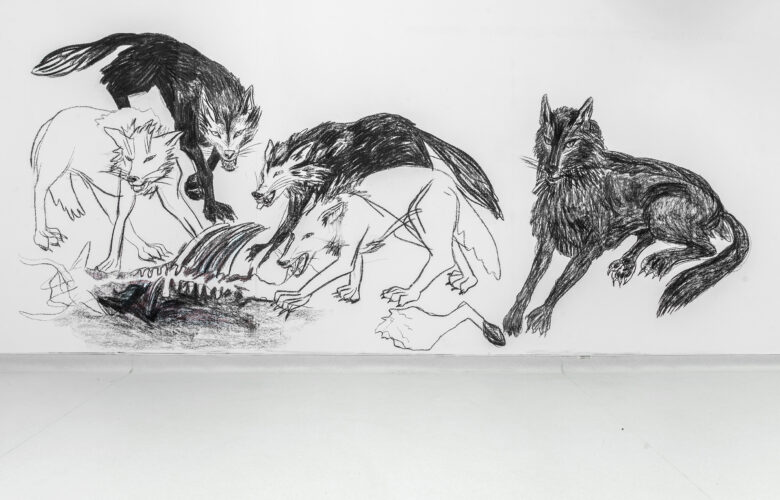
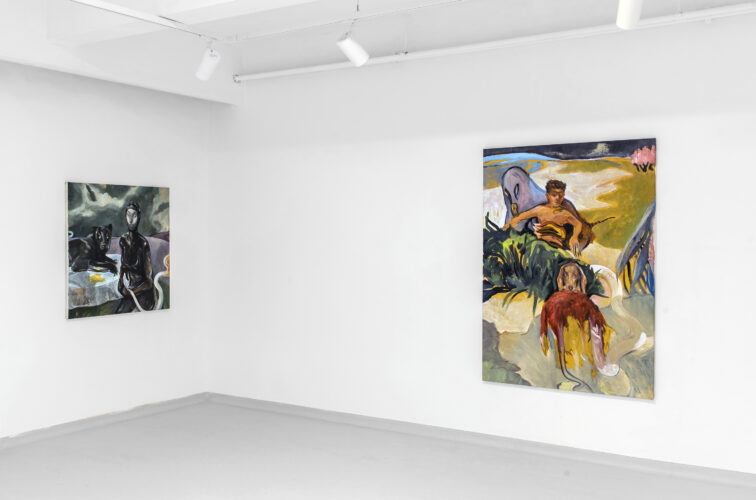
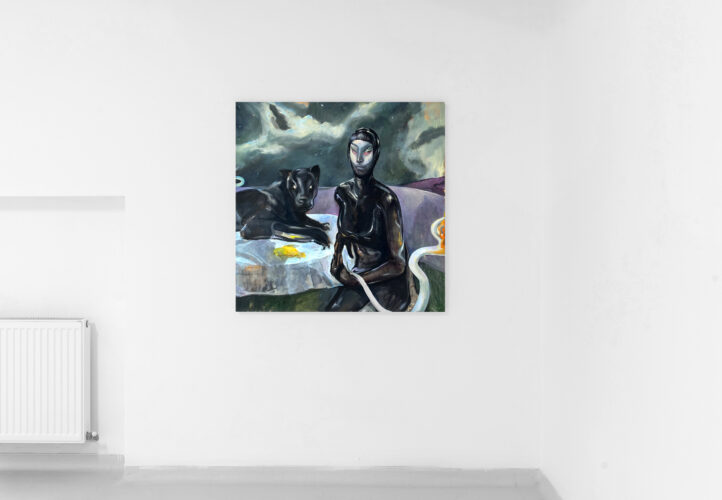
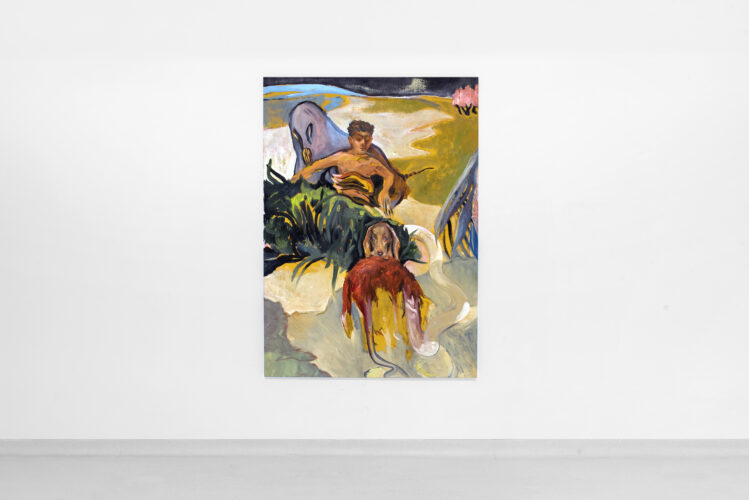
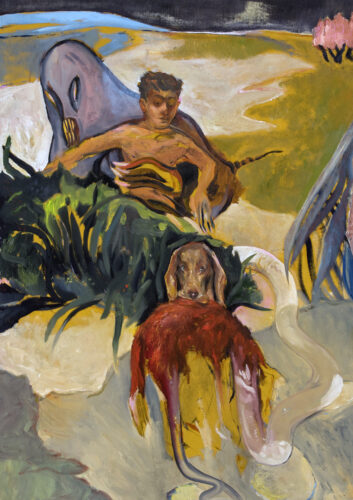
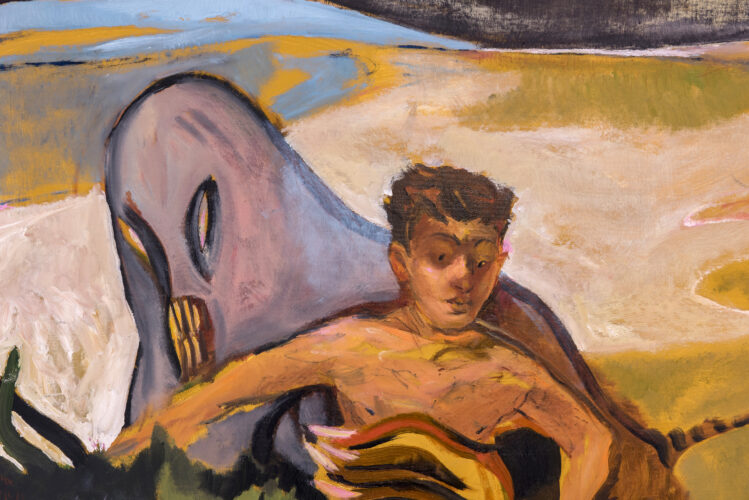
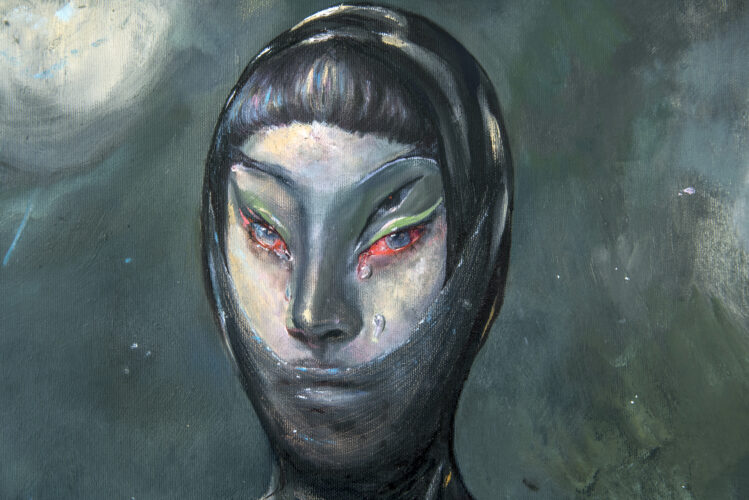
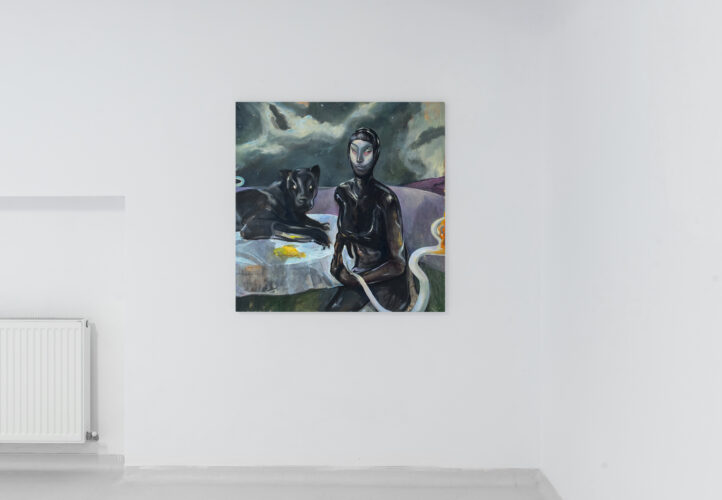

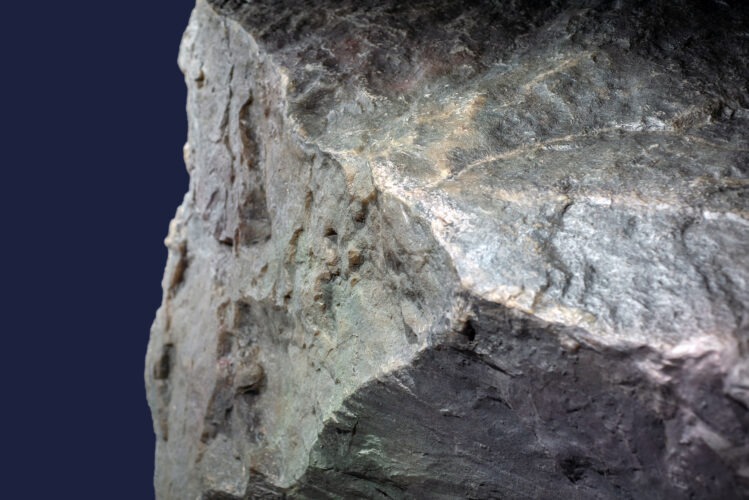
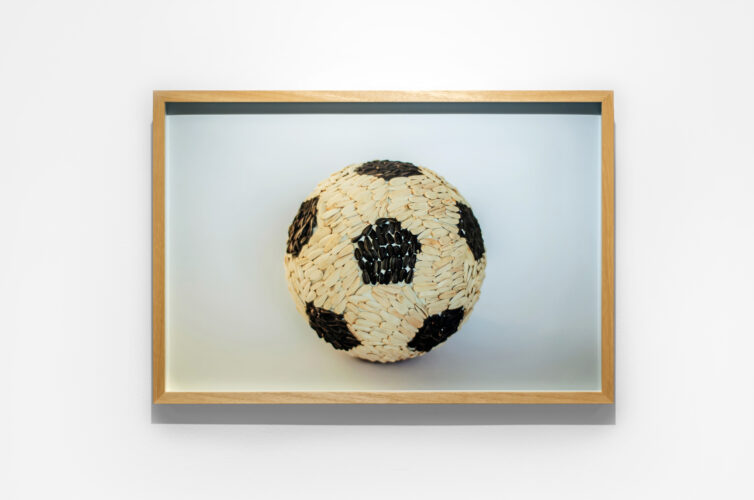
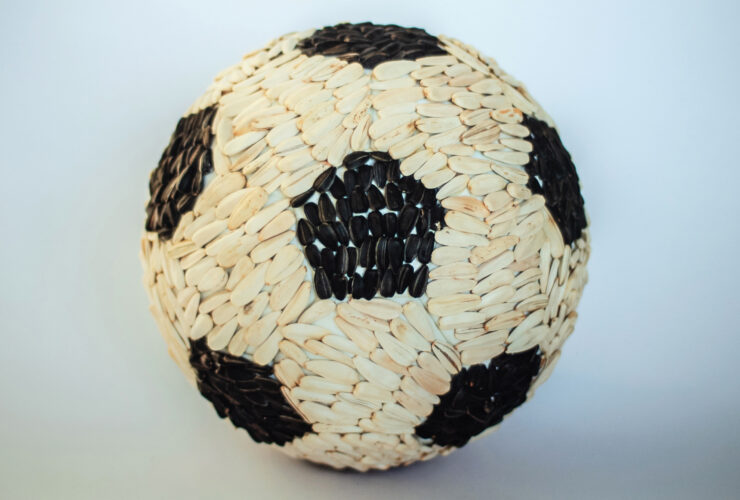
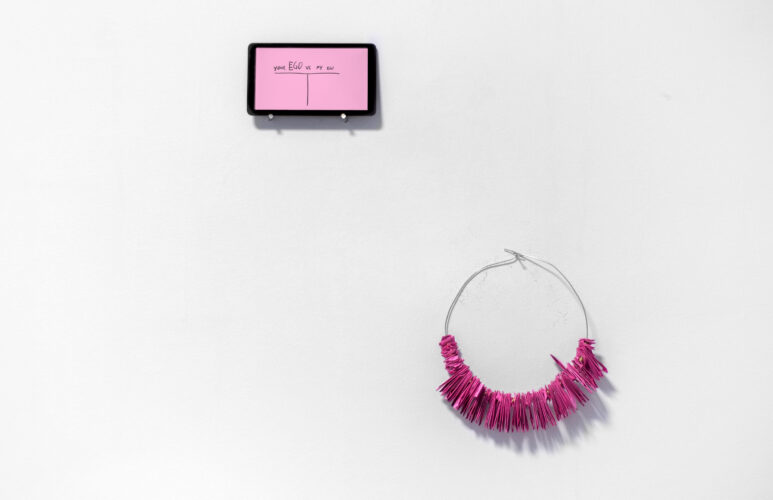
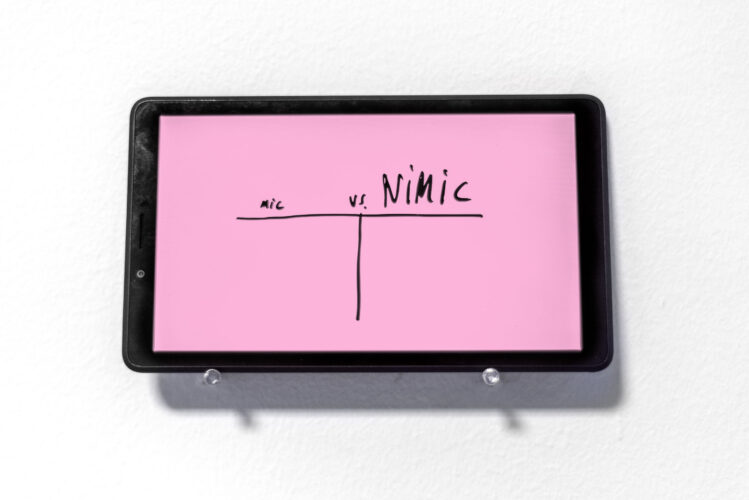
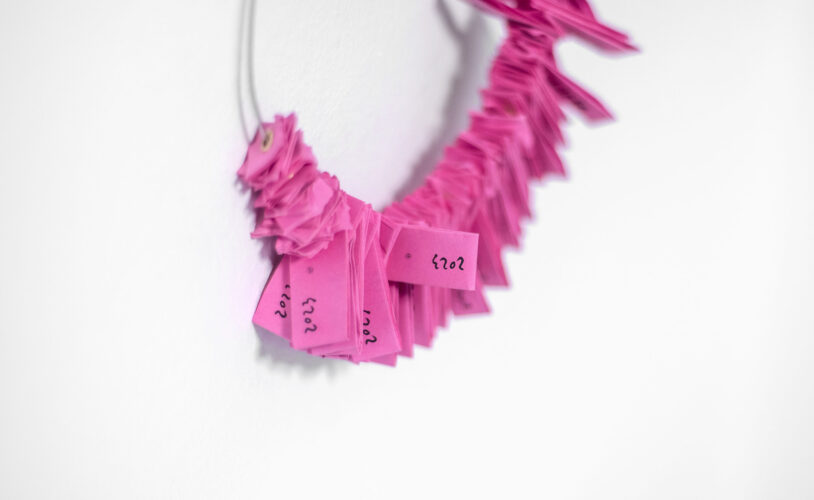

Comments are closed here.